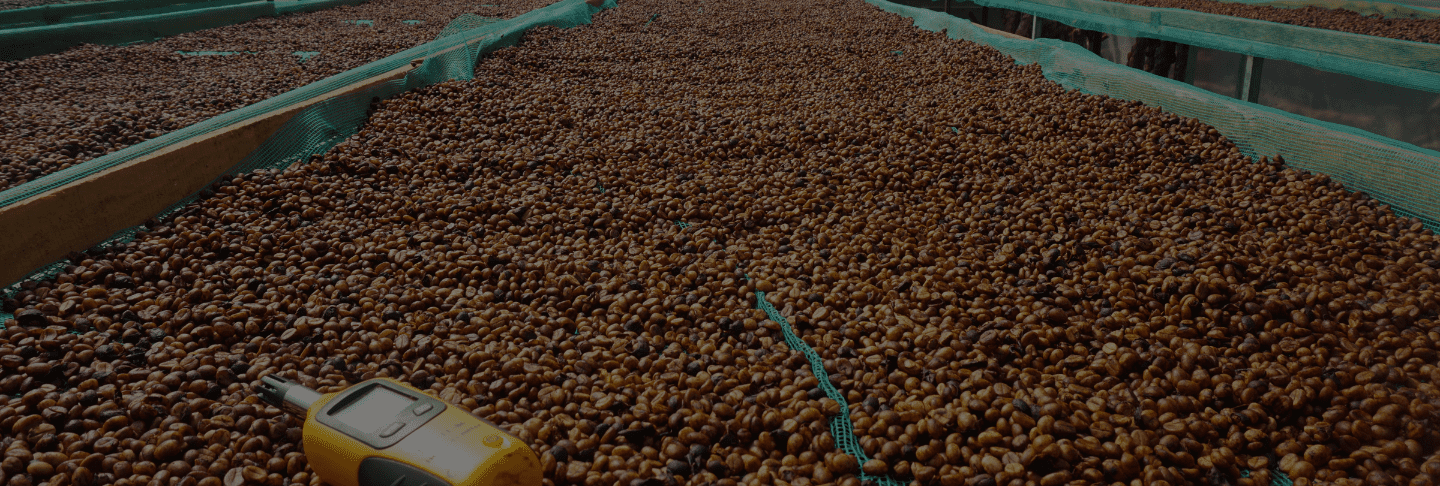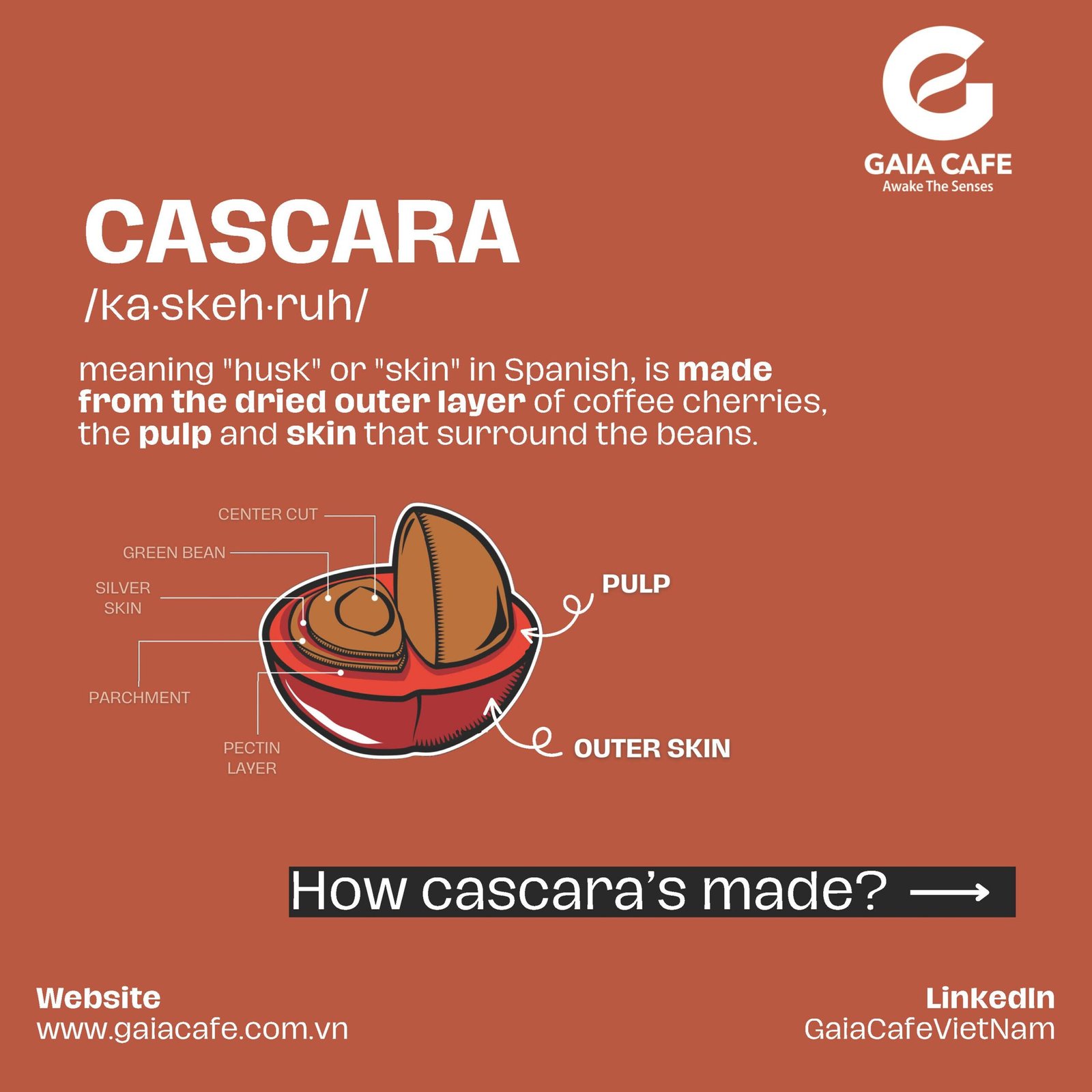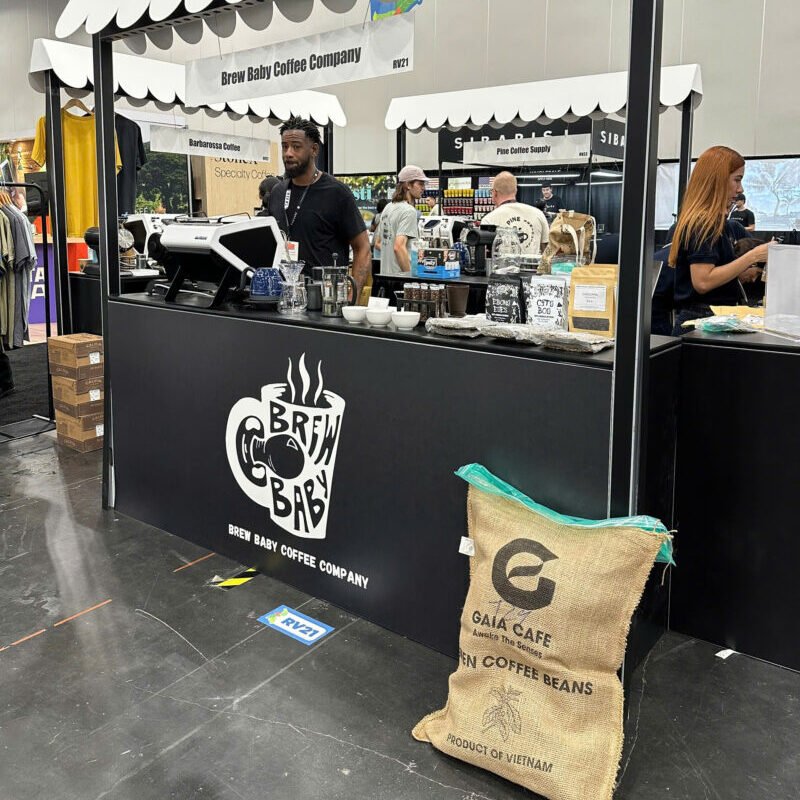
Honey Coffee Process – Part 4. Why Should We Pay Attention To It?
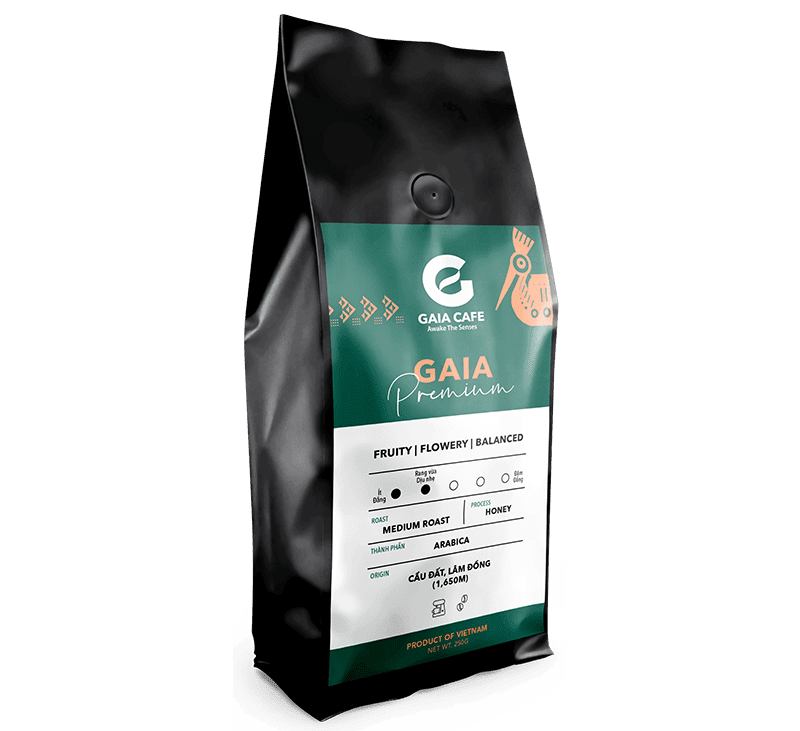
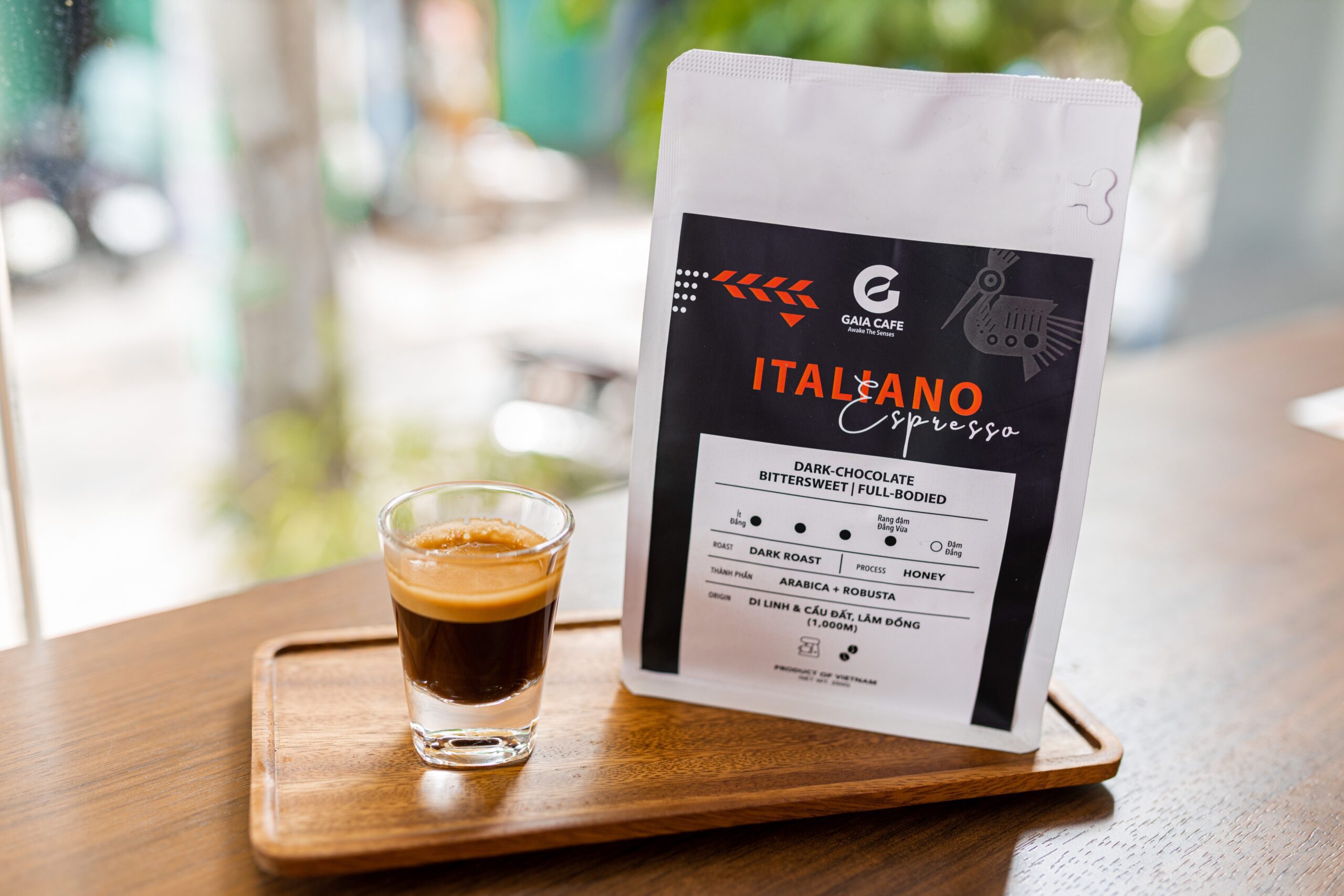
I Should Look for These “Honey” Terms On the Packaging When Buying Coffee, Right?
Some producers and exporters of specialty coffee would sometimes include the specific term on their label, as an indication of their product quality and uniqueness. For standard coffee products found at supermarket, you would need to be extremely lucky.
In the world of specialty (or gourmet) coffee, it is more common to see yellow, red and black honey on the coffee labels, while white and gold honey are much rarer to be sighted. And quite frankly not all of them on the labels means the same thing, for there are no one exact formula to follow, and not only the definitions differ from farm to farm[9] but also each growing country has their own interpretations of these honeys. The exact amount of mucilage remaining intact on the beans during processing also depends largely on each processing farm of a particular growing region and the amount of sugar content within the ripe coffee cherries in a specific harvest.
All coffees that retain this layer of mucilage during the drying process are referred to as semi-washed, but the method of processing nevertheless differs among coffee-producing countries, which has led to some confusion in the industry as to exactly what the term means. Indonesian wet hulling, for example, is also often categorized as semi-washed, although it is actually a different process than the pulped natural method used in Central America.[10]
Specialty and Gourmet, They Sound Expensive…
Well, yes and no. Honey coffee, they do cost more per kilogram than the commercial kinds. That being said, if you consider the labor, time and techniques going into the process, as well as the remarkable tastes of your morning beverage, you will find honey coffee worth every single penny spent.
Because the glucose-filled mucilage is the prerequisite for producing honey coffee, the coffee cherries must be ripe. Otherwise, the insufficient sugar content inside the mucilage would not provide an ideal condition for the fermentation stage to occur.
Unripe cherries, even with honey process, would produce a sharp, tart taste in your coffee cup. This means that the harvesting process must be via selective picking – choosing only the ripe cherries to pick, rather than via mechanical branch stripping. Imagine walking up and down the hill every day for three consecutive months to select only red ripe cherries to harvest.
Farms who participate in honey coffee process must employ more labors; and these harvesters must be compensated fairly for their strenuous, arduous manual labors.
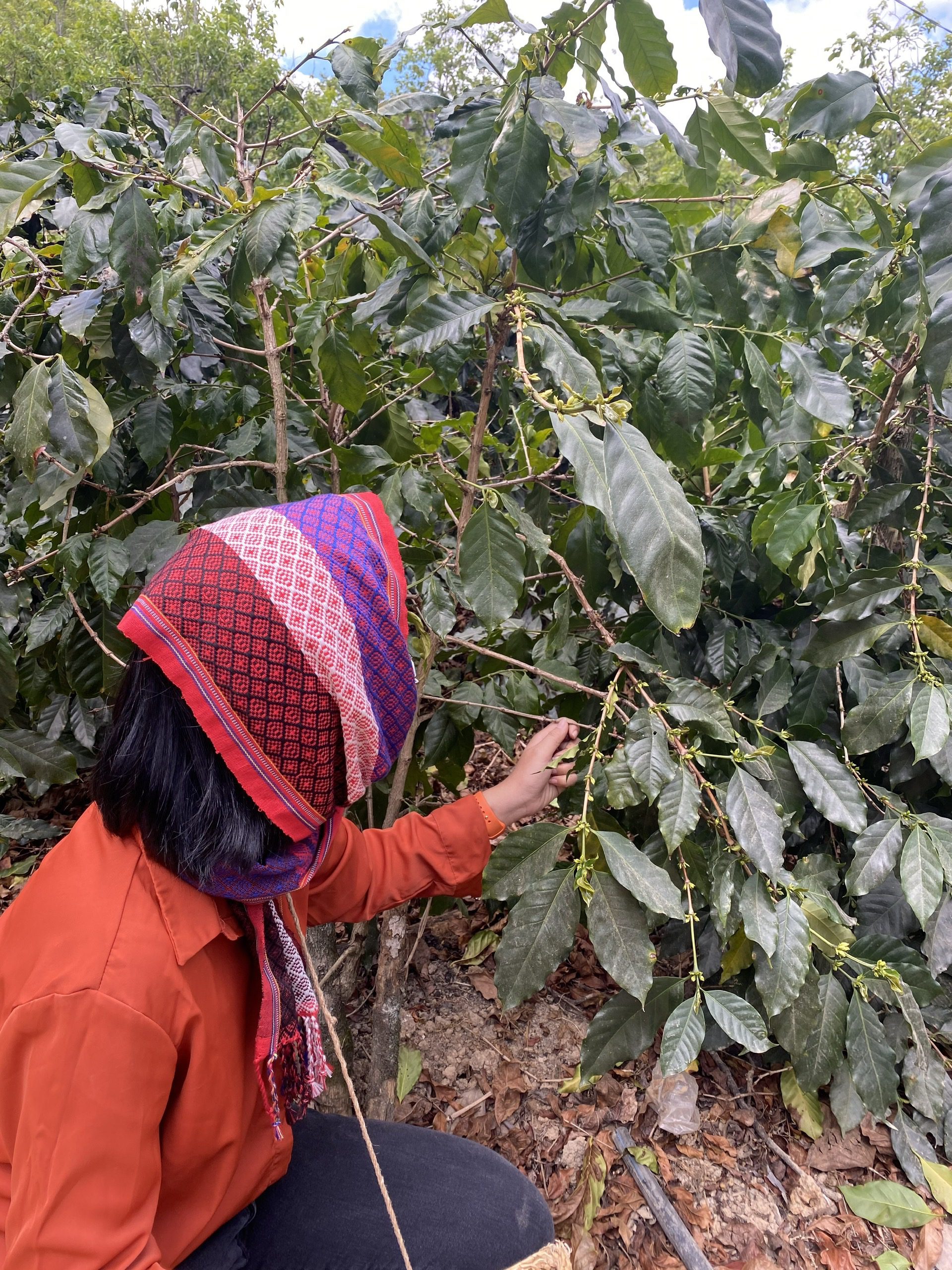
When speaking of honey coffee process, it is imperative to remember that
“[t]his process is very delicate, the beans must be turned constantly, otherwise the mucilage will ferment and decay, a process that will destroy the beans.”[11] Or in worst case scenario, there will easily be mold and bacterial growth which will pollute the entire batch, and potentially causing Ochratoxin A (OTA) contamination to occur.
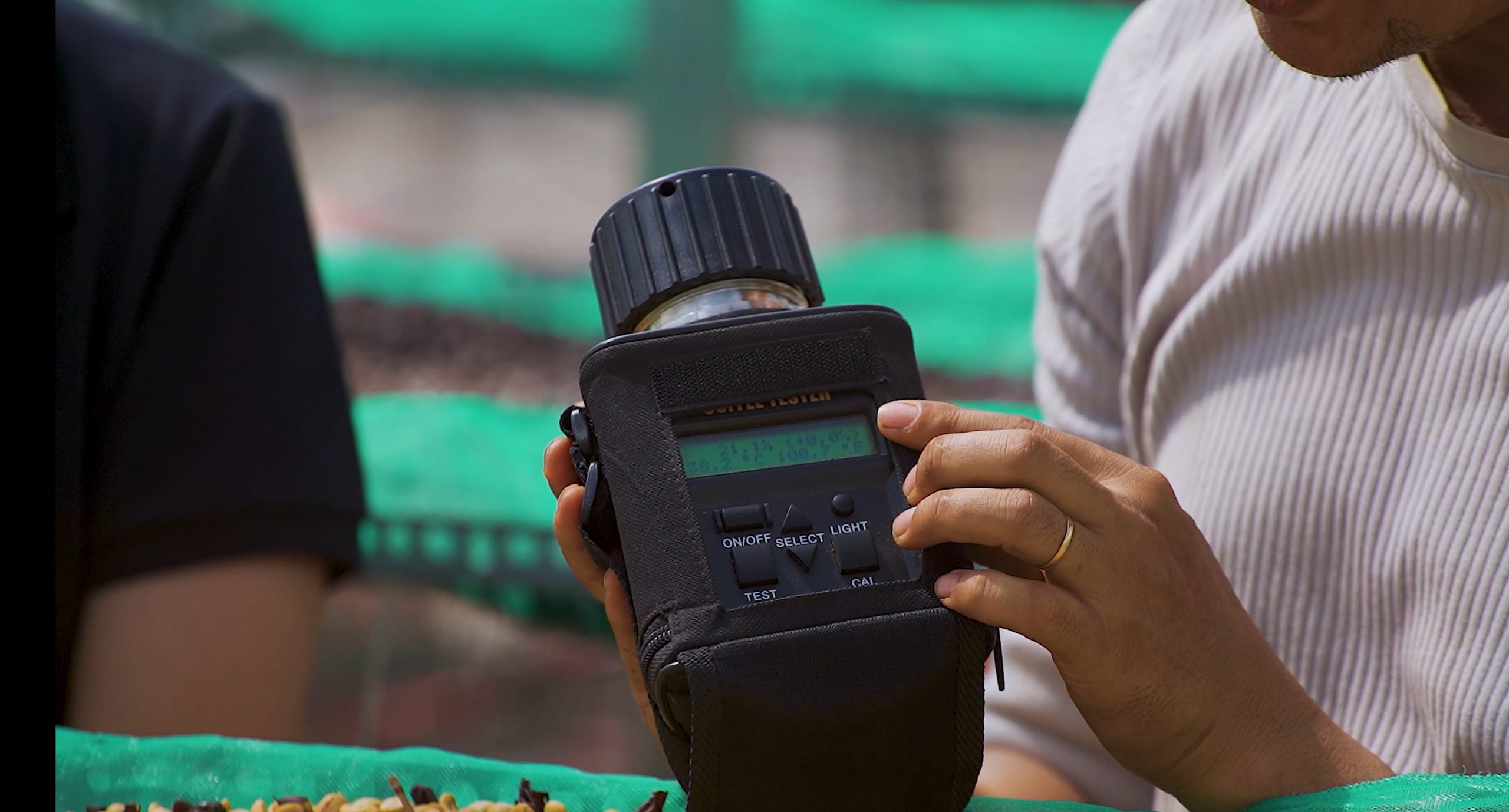
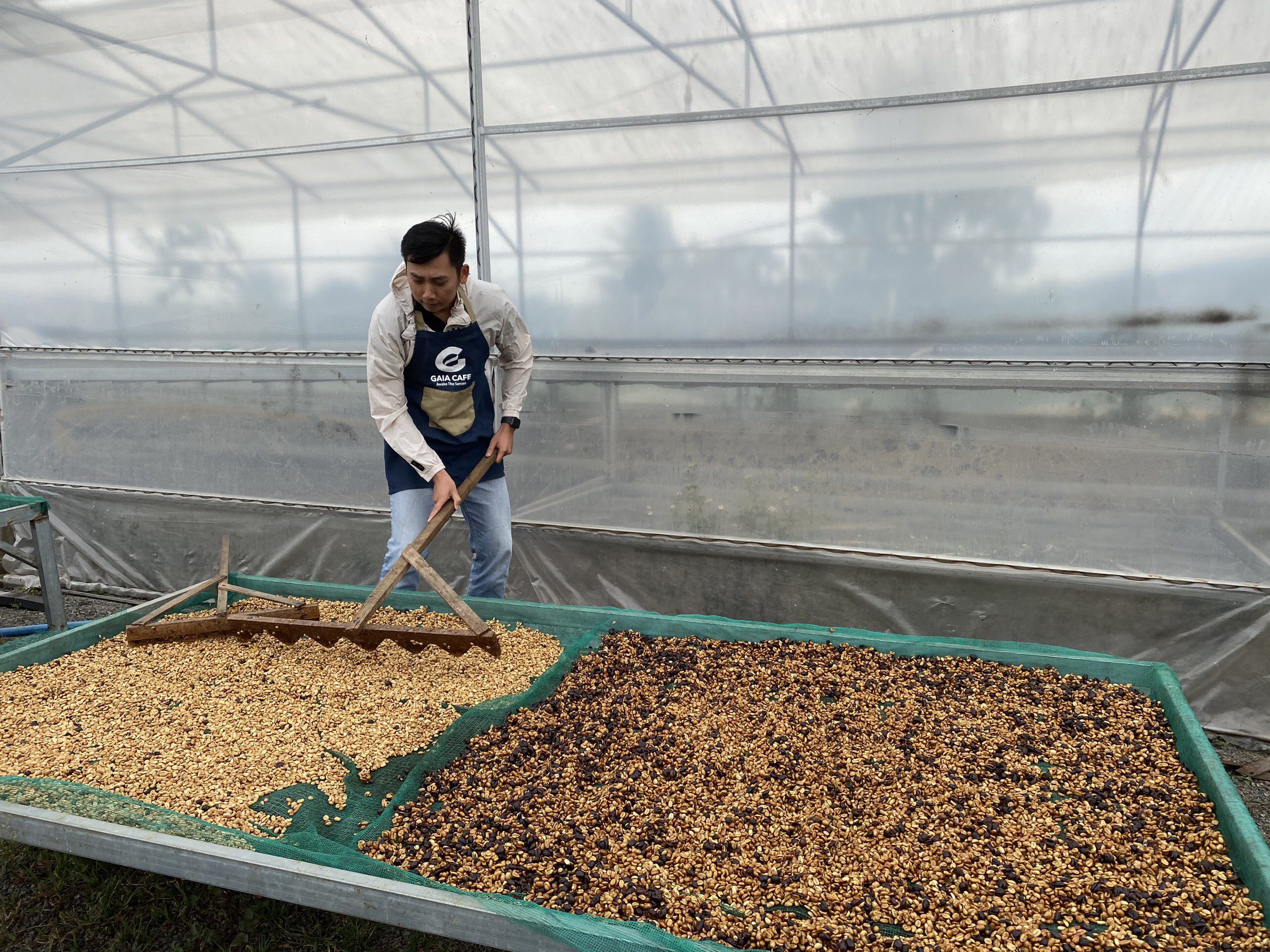

According to The Coffee Guide by International Trade Center, Ochratoxin A – produced by Fungi of the Aspergillus genus (A. ochraceus, A. carbonarius, A. niger) – is the most relevant mycotoxin for coffee. OTA causes kidney toxicity in different animal species and kidney tumours in rodents. The initial contamination of coffee with OTA takes place through spores in the air and in the ground and will fester into molds given the right humidity and temperature.
Honey coffee process requires meticulous techniques as well as continual attention in order to preserve and enhance the intrinsic characteristics of the coffee, and to ensure the utmost hygenic of the beans. We must also understand that not all coffee beans being processed on screen or inside greenhouse would constitute a hygenic practice. Figure 19. is an example of mold growth and bacterial contamination of honey process coffee beans, even though they are dried on screen with some sort of overhead coverage; while Figure 20. shows an unhygenic practice of processing coffee beans, namely drying coffee on dirt ground or on cement pavement.
And last but not least, honey coffee method utilizes much less water than fully-washed method, making it an eco-friendlier choice, especially for countries that are less water abundant and for mountainous / hilly regions where water access is extremely limited.
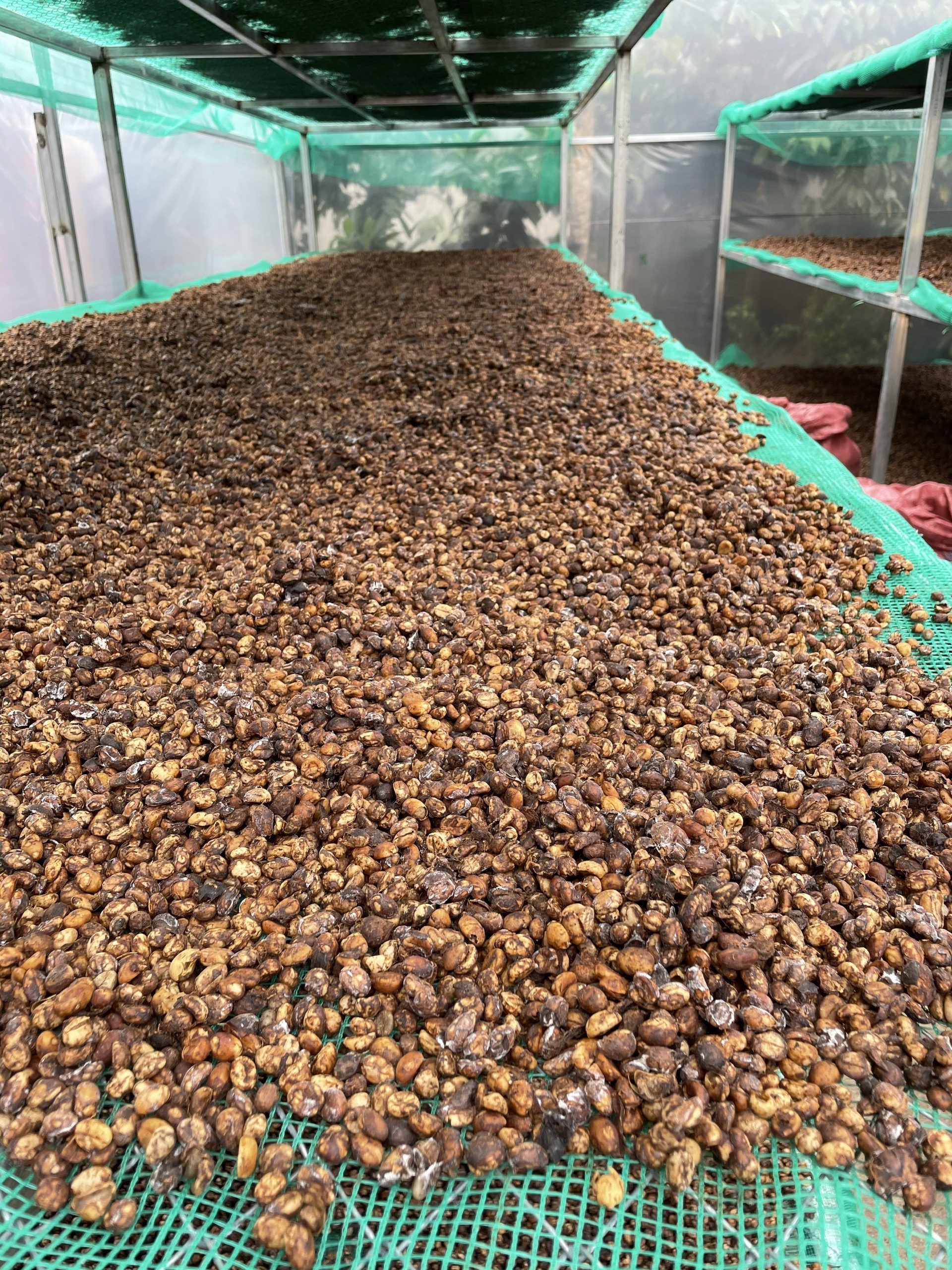
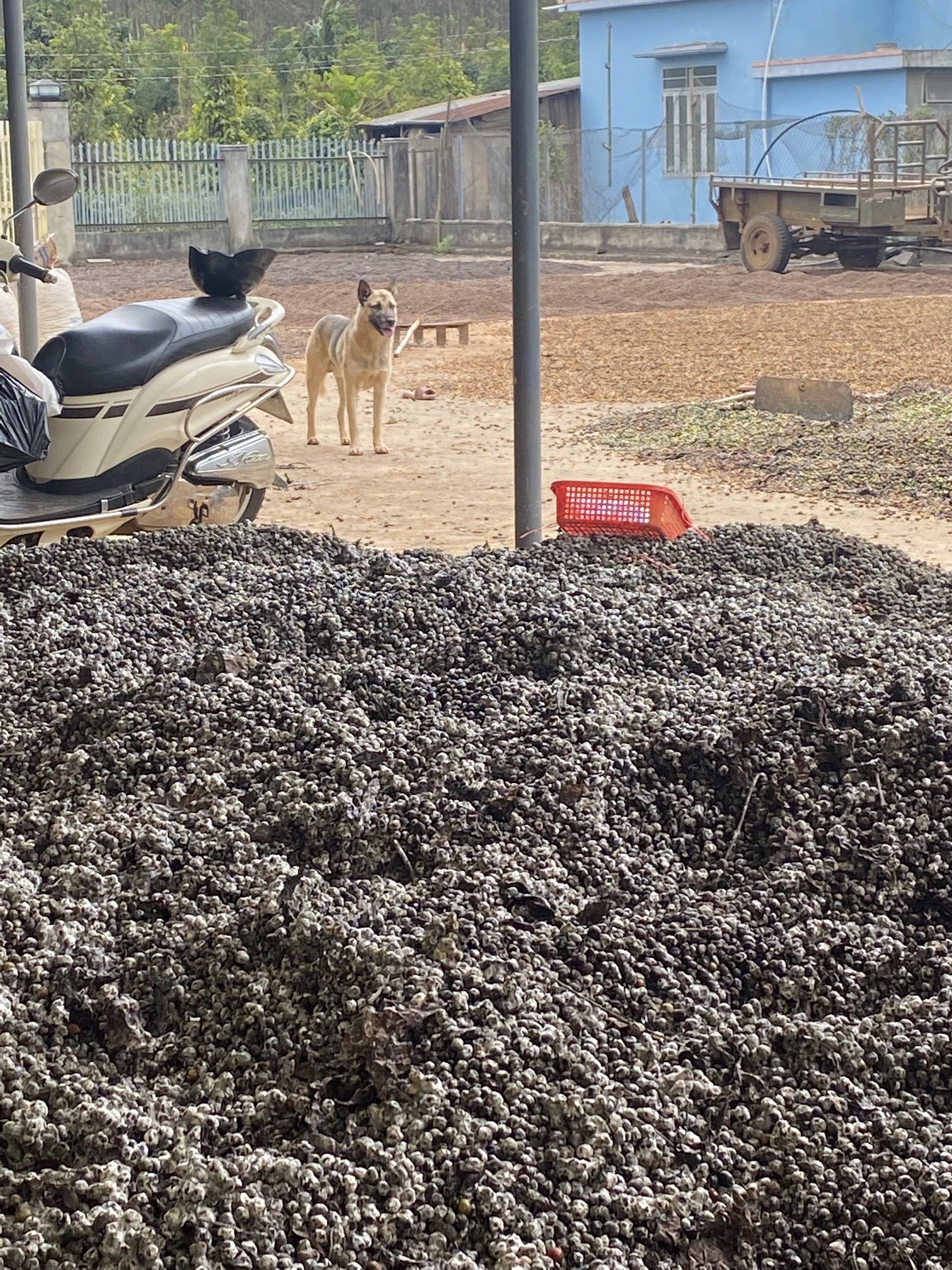
End of Part 4. To be continued.

References:
[9] Kilbride, D. (2020, November 10). Honey Processed Coffee: What’s The Difference Between Yellow, Red, & Black? Perfect Daily Grind. Retrieved September 16, 2022, from https://perfectdailygrind.com/2017/02/yellow-red-black-honey-processed-coffees-whats-the-difference/
[10] Kingston, L. (2015, April 14). How to Make Coffee: The Science Behind the Bean (Illustrated). Abrams Image.
[11] Stern, S. (2016, November 20). A COFFEE LOVER`S GUIDE to COFFEE – B&W edition. CreateSpace Independent Publishing Platform.
Please kindly remember to credit us, the diligent writers at Gaia Café, when you use our materials in your writing or for your research.


